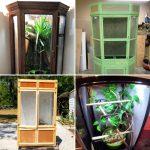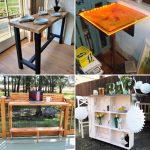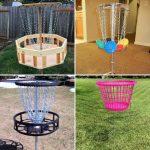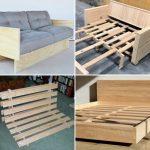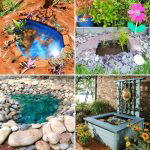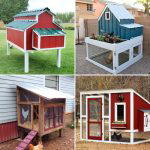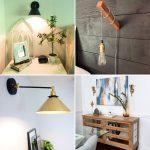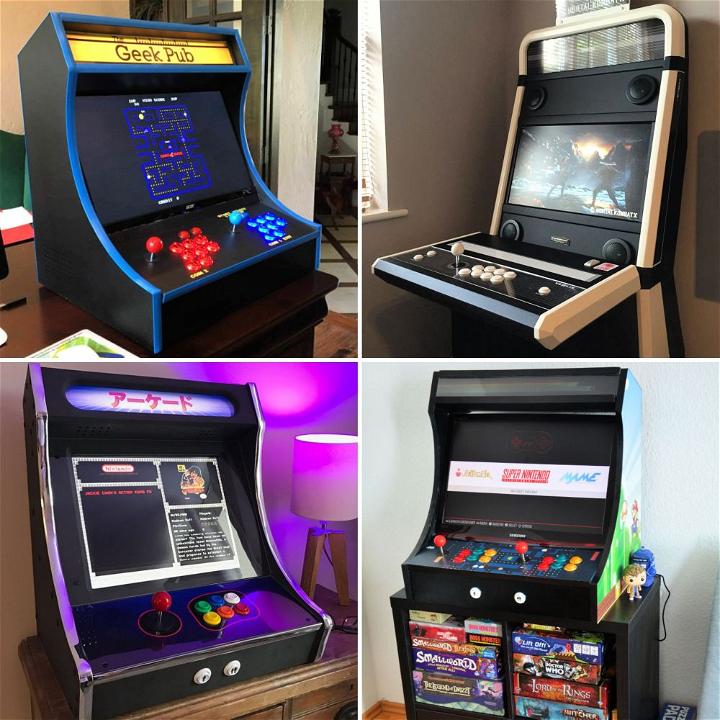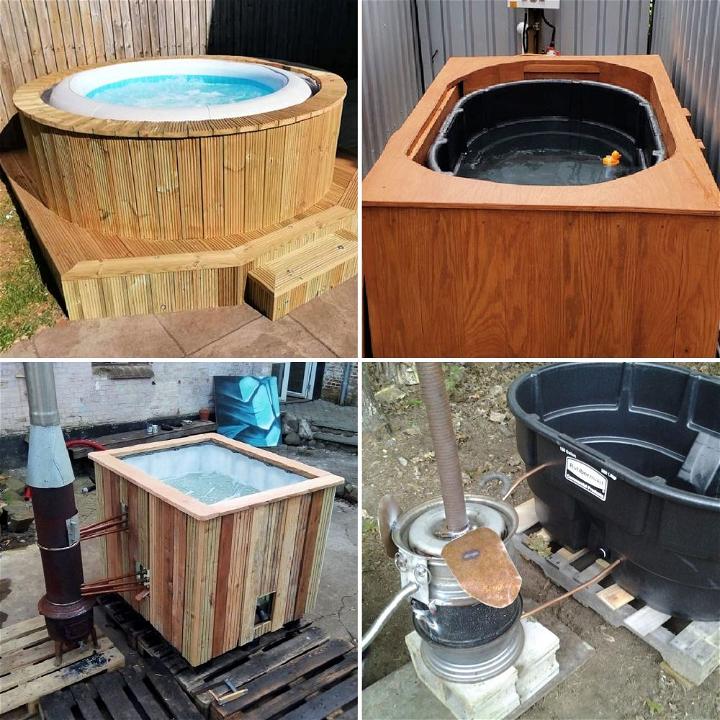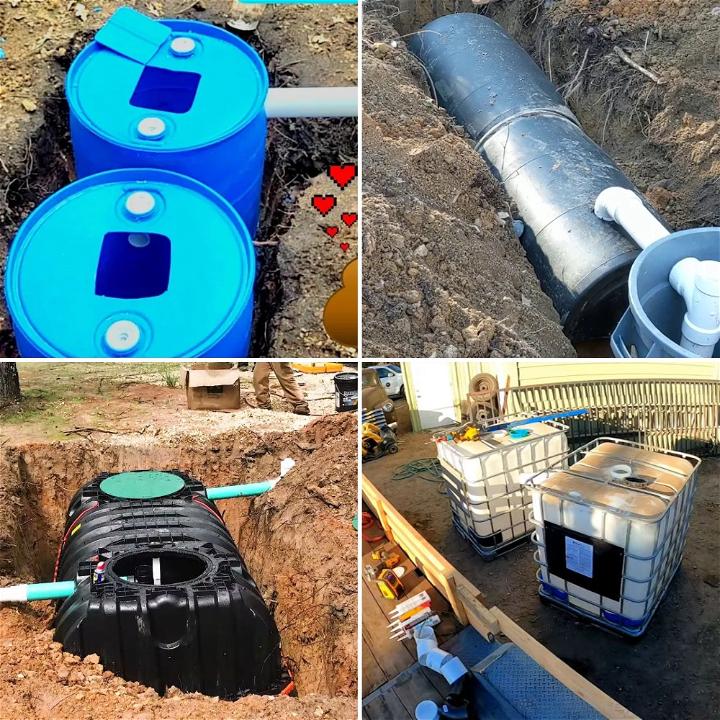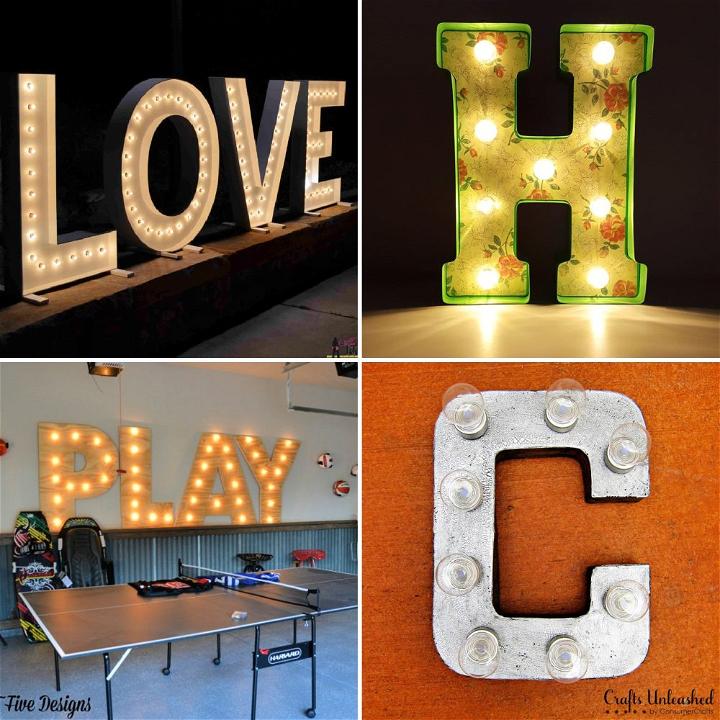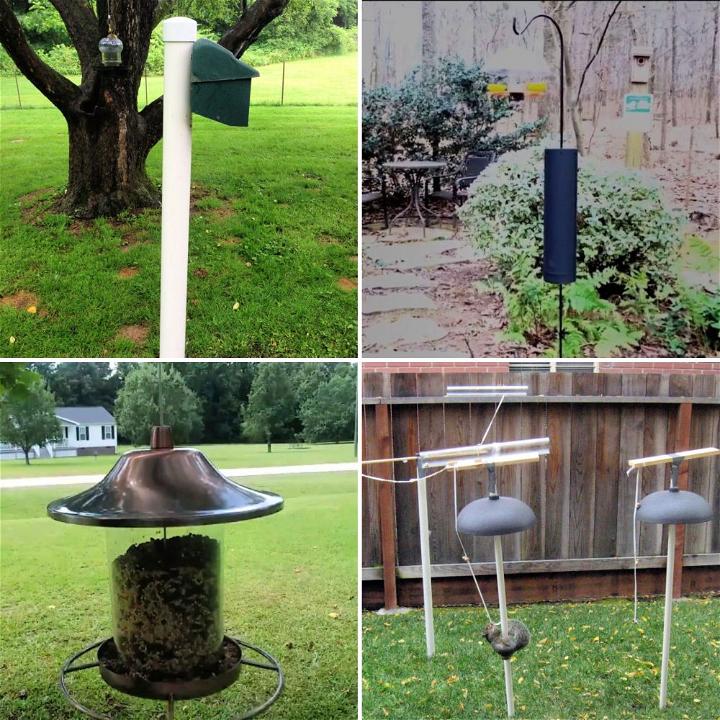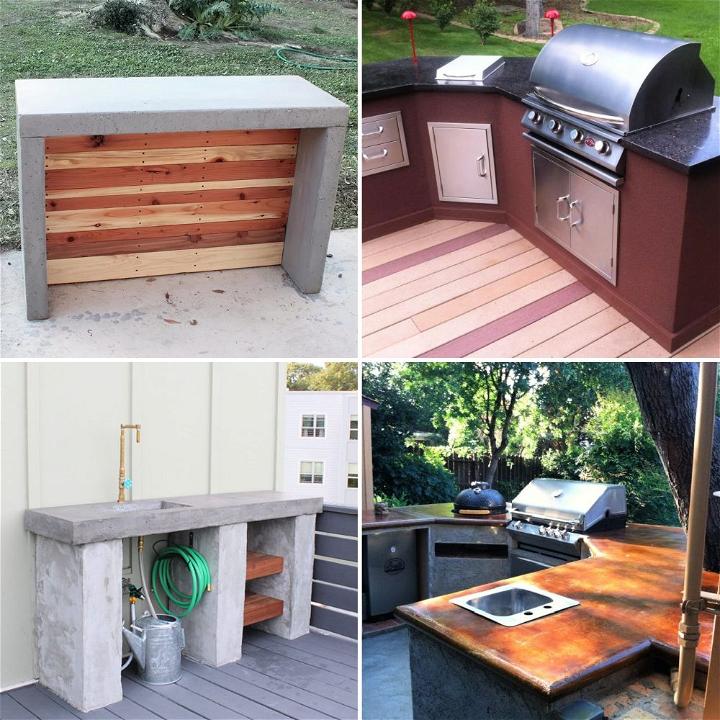Building a DIY rat bin cage can be a rewarding project, ensuring your furry friends have a comfortable, temporary home during cage cleanings or when you need them safely contained. This guide walks you through the steps to make a well-ventilated, secure DIY rat bin cage with minimal fuss and maximum satisfaction.

What You'll Need
- A large plastic bin: A 27-gallon bin is a good starting point, but you can choose any size that fits your space and rat family.
- A Dremel tool or something similar: This is crucial for cutting holes in the bin.
- Mesh or hardware cloth: To cover the holes for ventilation and prevent escapes.
- Wire cutters: For cutting the mesh to size.
- Markers: To mark where you will cut.
- Zip ties or wire: To secure the mesh over the holes. Wire, especially the kind that comes with the mesh, is recommended for additional security.
- Gorilla Tape (white or clear preferred): To cover the edges of the mesh, preventing sharp edges from harming your rats.
- Measuring tape: For measuring mesh and bin areas accurately.
Step-by-Step Guide
1. Prepare the Bin
Choose a large, sturdy plastic bin. The bigger, the better, as it will provide more space for your rats to explore. Clear bins are recommended for better visibility.
2. Mark and Cut Ventilation Holes
Using a marker, outline large rectangles on each side of the bin, leaving a sturdy frame around each. Do not cut holes on the bottom of the bin. Using your Dremel, carefully cut out these rectangles. Remember, ventilation is crucial, so make sure the holes are big enough to ensure good airflow.
3. Prepare the Mesh
Measure the holes you've cut in the bin and cut pieces of mesh or hardware cloth to cover them, leaving a bit of extra edge for secure attachment. Cut the mesh with wire cutters being careful to get clean edges.
4. Attach the Mesh
If you're using wire to attach the mesh, start by threading the wire through the mesh and the holes you've made in the bin, weaving in and out until secure. If you're using zip ties, ensure they're tightly fastened.
5. Cover the Edges
To ensure your rats cannot hurt themselves on sharp wire or mesh, cover all edges with Gorilla Tape. This step is crucial for the health and safety of your pets.
6. Final Touches
Add bedding, toys, and accessories to make the bin comfortable for your rats. Remember, this bin is a temporary home, so ensure it's cozy and stimulating for short stays.
Benefits of a DIY Rat Bin Cage
- Cost-Effective: Much cheaper than buying a new cage.
- Customizable: You can tailor the cage to your and your rats' specific needs.
- Emergency Ready: Perfect for times when your regular cage needs a deep clean or in case of an emergency.
Maintenance and Safety Tips
- Regularly check the bin for chewed areas or escape attempts.
- Ensure the bin is placed away from direct sunlight and in a well-ventilated room.
- Clean the bin regularly to maintain a hygienic environment for your pets.
Video Tutorial
For a step-by-step video tutorial on making a DIY rat bin cage, watch this helpful guide on YouTube.
It pairs well with this written guide, serving as an excellent visual complement to the techniques we've discussed, presented in a way that's straightforward and easy for everyone to understand.
Understanding Rat Behavior and Preferences
Rats are fascinating creatures with complex behaviors that are both intriguing and endearing to those who keep them as pets. Understanding these behaviors is crucial for making a habitat that allows them to thrive.
Natural Instincts
Rats have a strong instinct to explore and interact with their environment. They are naturally curious and enjoy having a variety of stimuli in their living space. Providing a cage with different levels, hiding spots, and materials to gnaw on can satisfy these natural urges.
Social Interaction
Rats are highly social animals. They thrive on interaction with their fellow cage mates and human companions. Ensuring that your rat has a friend and regular socialization will keep it happy and engaged.
Scent Marking
Rats communicate with each other through scent marking. They have scent glands and use them to mark their territory. It's important to clean their cage regularly but also to leave some scent marks intact so they feel secure in their environment.
Interactive Features for Rat Cages
Interactive features in a rat cage can greatly enhance the quality of life for your pet rats, providing them with exercise, mental stimulation, and fun.
Exercise and Exploration
- Climbing Structures: Rats love to climb. Adding ladders, ropes, or branches can encourage this natural behavior.
- Running Wheels: A solid running wheel allows rats to exercise at their own pace, which is vital for their physical health.
Mental Stimulation
- Puzzle Toys: These toys challenge rats to solve problems, keeping their minds active.
- Foraging Toys: Mimicking the natural behavior of searching for food, these toys can be filled with treats that rats have to work to retrieve.
By adding these elements to your rat cage, you build a stimulating environment that meets your pet rats' needs and keeps them entertained and healthy.
FAQs About DIY Rat Cages
Building a DIY rat cage can be a rewarding project. Here are some frequently asked questions to help guide you through the process.
Can I build my own rat cage?
Absolutely! With some basic tools and materials, you can build a comfortable and safe home for your rats. It's a great way to tailor the space to your pets' needs.
How big should a cage be for 2 rats?
For two rats, aim for a cage that's at least 2 feet long, 1 foot wide, and 2 feet tall. This will give them enough room to play, sleep, and explore.
What material can rats not chew through?
Rats are notorious chewers, so it's best to use metal or heavy-duty plastic for the main structure of the cage. Avoid soft woods and thin plastics that they can easily gnaw through.
What do rats like in their cage?
Rats enjoy having a variety of textures and objects to interact with. Include shelves, tunnels, hammocks, and chew toys to keep them entertained.
What goes in the bottom of a rat cage?
Line the bottom of the cage with a safe, absorbent bedding material like recycled paper or aspen shavings. Avoid cedar or pine as they can be harmful to rats.
Can rats live in plastic containers?
While plastic containers can be used temporarily, they lack the ventilation and space that rats need for a healthy life. It's better to use them as part of a larger, well-ventilated cage.
How do you make a natural rat cage?
Incorporate elements like untreated wood branches, ropes, and natural fibers. This mimics a rat's natural environment and encourages healthy behaviors.
By answering FAQs, you'll build a rat cage that's safe and comfortable for your pets. Remember, their safety is key.
Discover 15 Easy DIY Rat Cage Ideas for Your Furry Friends

1. DIY Rat Cage from Old Dresser

Revamping an old dresser into a DIY rat cage gives your furry friends a spacious home while recycling furniture. Its drawers can be reconfigured for climbing fun, ensuring a comfortable and stylish habitat with personal flair.
2. How to Build a Rat Cage
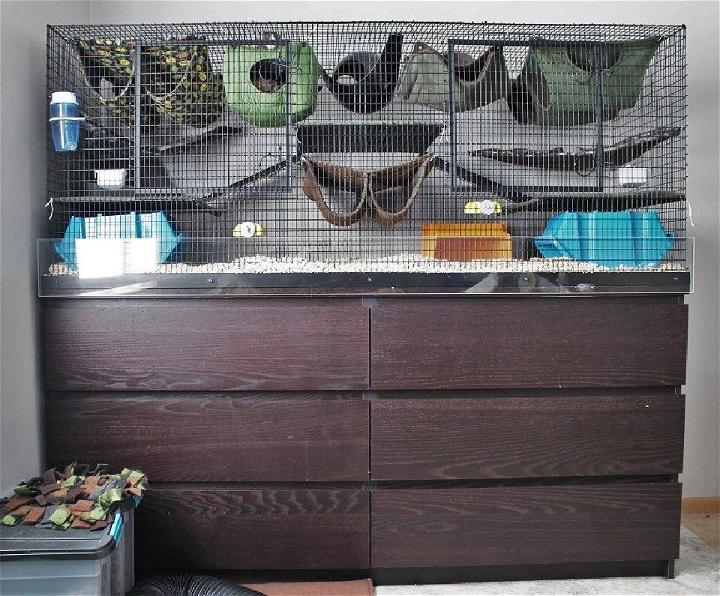
Building a rat cage from scratch allows you to tailor the space to your pet's needs. Opt for safe, chew-proof materials and include multiple levels for exploration. This project adds a personal touch to your pet care routine.
3. Build Your Own Rat Cage

Constructing your own rat cage offers the joy of customization. Design a unique space with ramps and hiding spots, ensuring it's secure and stimulating. It's a rewarding way to enhance your rat's quality of life.
4. Custom Rat Cage Ikea Hacks
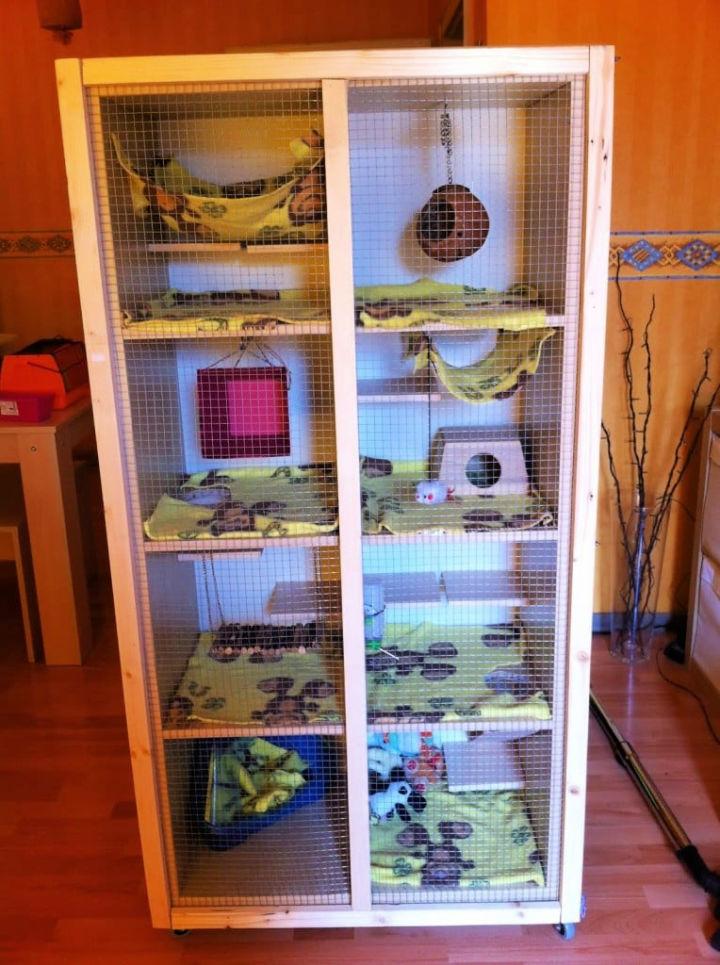
With some creativity, Ikea furniture can be transformed into a spacious, custom rat cage. These hacks offer a sleek design, blending seamlessly with your decor, while providing a stimulating environment for your pets.
5. 99 Cent Store Rat Cage DIY Makeover

Inexpensively elevate your rat cage with items from the 99 cent store. Accessories and materials can revamp a basic setup into a vibrant, enriched home, proving that great care doesn't have to be expensive.
6. Easy and Safe Homemade Rat Cage

Building a safe, homemade rat cage involves using non-toxic materials and ensuring ample ventilation. This approach allows for a bespoke habitat, promoting a healthy, happy life for your pet with a personal touch.
7. How to Make a C and C Rat Cage

Assembling a C and C (cube and coroplast) rat cage introduces flexibility in size and shape, allowing for an expansive, well-ventilated environment. Its modularity is perfect for those seeking an adjustable and lightweight option.
8. Making a Rat Bin Cage
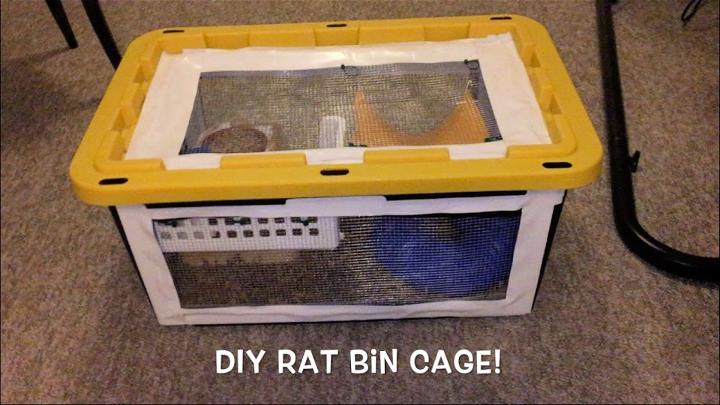
A rat bin cage, made from a large plastic storage bin with added ventilation, is a quick and straightforward solution. It's ideal for those seeking an efficient, cost-effective option, providing a safe, sizable home for their pet.
9. Cheap DIY Rat Cage

Building a rat cage on a budget doesn't mean skimping on quality. Affordable materials like wire mesh and repurposed furniture can result in a functional, comfortable habitat, proving resourcefulness leads to happy pets.
10. Rat Bin Cage Setup Idea

A rat bin cage setup, characterized by its simplicity and effectiveness, offers an excellent habitat through minimalistic design. By customizing with bedding, toys, and climbing structures, you ensure a stimulating environment for your rats, showcasing that simplicity can still meet all their needs.
11. How to Build a Bioactive Rat Cage

Building a bioactive rat cage is a journey into making a self-sustaining environment. The key feature is the living substrate that decomposes waste, reducing odors and cleaning frequencies. Planting live plants enhances air quality, making a happier habitat for your rats and a conversation starter for your home.
12. DIY Perspex Tray for Your Rat Cage
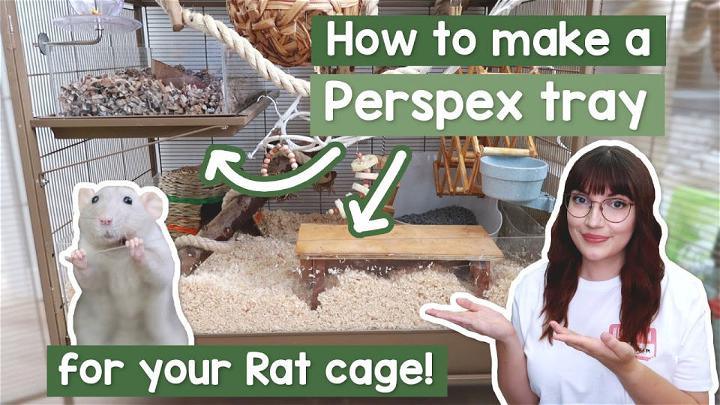
Introducing a Perspex tray into your rat's domain combines durability with clarity. This customizable addition not only makes cleaning a breeze but also allows unobstructed views into their activities. Plus, it's lightweight, ensuring any modifications needed are simple tasks rather than chores.
13. Building a Cheap Rat Cage

Who says affordability means compromise? Constructing an economical rat cage from repurposed materials not only saves money but also encourages creative design. Mesh wire, repurposed furniture, or even older cages can be transformed with a little imagination and effort, resulting in a cozy retreat for your furry friend.
14. Bin Cage for Pet Rat

A bin cage offers an innovative and cost-effective solution for your pet rat's housing. Utilizing a clear storage bin, you build a spacious, well-ventilated, and secure environment. With the added perk of customization, you can tailor the cage to your rat's needs and your aesthetic preferences.
15. Build a DIY Mouse Breeder Cage

For those venturing into breeding or simply providing for multiple mice, a DIY breeder cage is the way to go. Choosing materials that are easy to disinfect and designing for ample ventilation ensures a healthy, scalable solution. It's an engaging project that benefits both caretaker and mice, promoting well-being and ease of management.
Conclusion:
Wrapping up this article on DIY rat cages, making a suitable and stimulating habitat for your furry friends can be a fun and rewarding project. By following these tips and step-by-step instructions, you can customize a comfortable living space that meets the needs of your pet rats. Remember to prioritize safety, ventilation, and cleanliness when designing and constructing your DIY rat cage.

